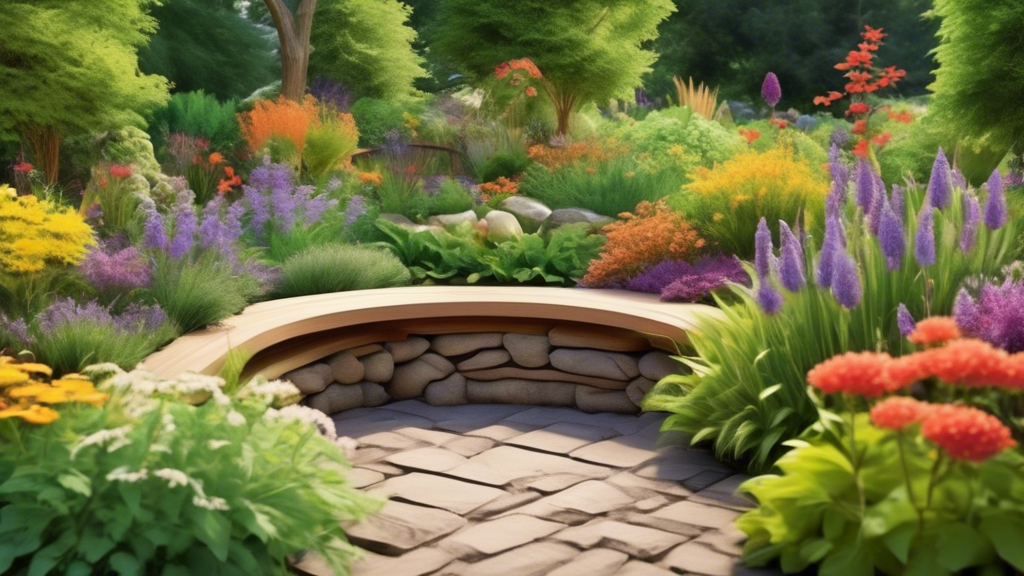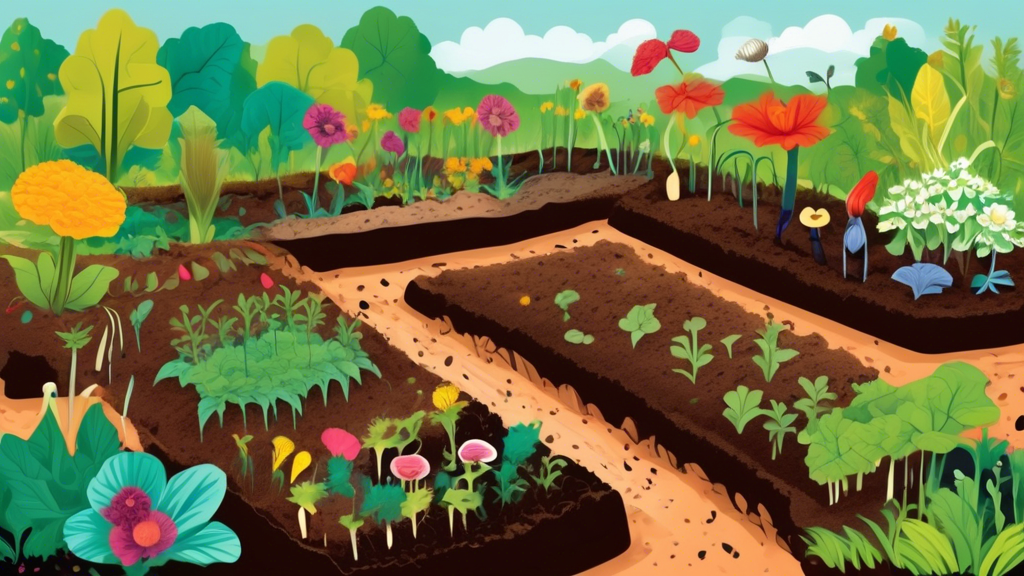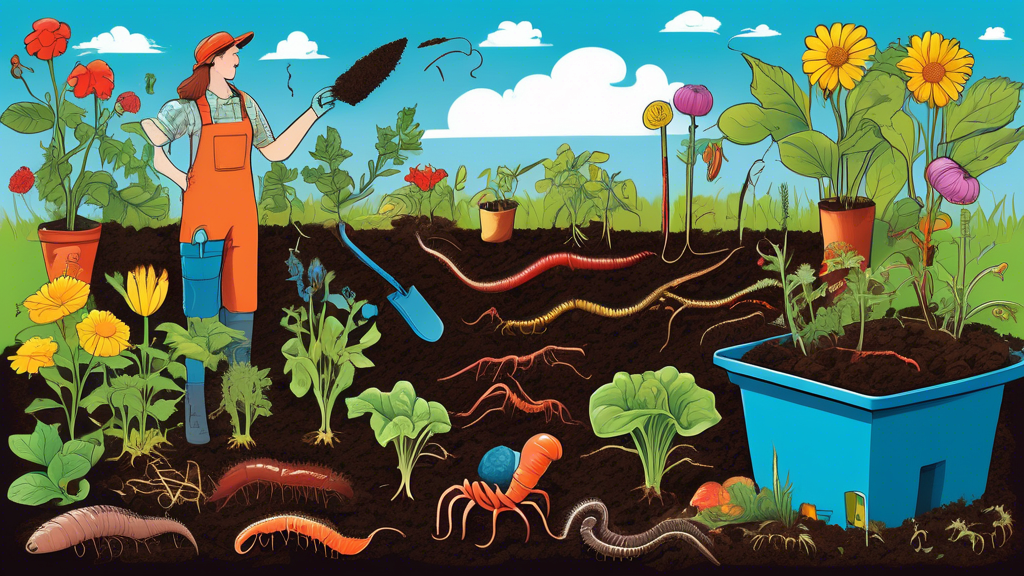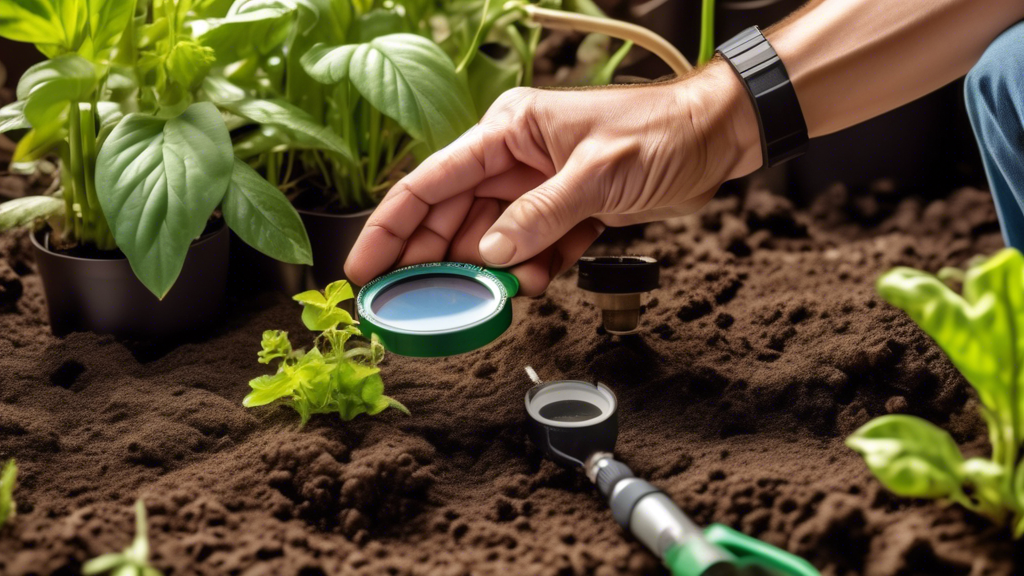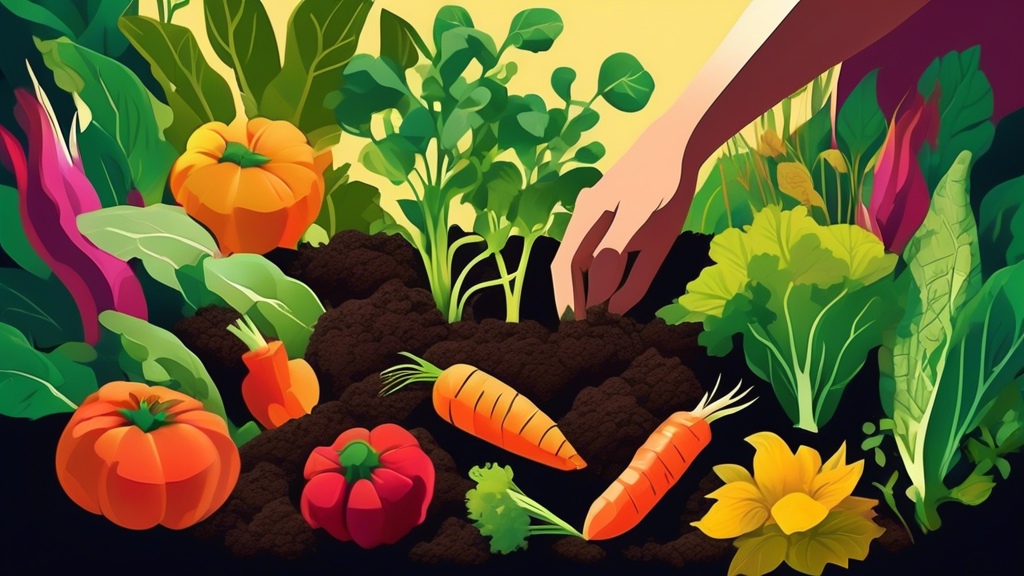
Why Your Soil’s Health is the Foundation of Your Garden
Common Soil Challenges and Companion Planting Solutions
Many gardeners face similar struggles with their soil. Here’s how companion planting addresses these core issues:
- Depleted, Nutrient-Hungry Soil: The solution lies in using plants that “fix” nitrogen from the air, providing a natural, free fertilizer for their neighbors.
- Soil Compaction and Poor Structure: Deep taproots from certain companion plants break up hardpan, creating vital channels for air, water, and other roots.
- Erosion and Weed Takeover: Living mulches and ground covers protect bare soil from the elements and outcompete unwanted weeds.
- Imbalanced Soil Biology: A diversity of plant root systems feeds a wide range of beneficial microbes and fungi, creating a thriving soil food web.
The Core Principles: How Companion Planting Builds Better Soil
The Nitrogen Fixers: Nature’s Free Fertilizer
Legumes like beans, peas, and clover have a unique symbiotic relationship with rhizobia bacteria in their root nodules. These bacteria pull nitrogen from the air and convert it into a form the plant can use.
Unique Insight: A common misconception is that neighboring plants get this nitrogen during the growing season. In reality, the nitrogen becomes available to other plants primarily when the legume dies and decomposes. To create a continuous supply, you must practice “chop and drop” or till the plants into the soil at the end of their cycle.
Dynamic Accumulators: Mining Minerals from the Subsoil
Plants like comfrey, borage, and dandelions send deep taproots far into the subsoil, acting as nutrient pumps. They draw up minerals like calcium, potassium, and magnesium that are inaccessible to most shallow-rooted crops.
Actionable Tip: Use these plants as “mulch plants.” Simply cut the leaves and lay them on the soil surface around your crops. As they decompose, they release these mined nutrients, making them available to your garden.
Living Mulches and Ground Covers: The Soil’s Protective Blanket
Low-growing companions like creeping thyme or clover form a living carpet over the soil. This layer suppresses weeds by blocking light, retains crucial soil moisture by reducing evaporation, and regulates soil temperature. A significant additional benefit is the prevention of topsoil erosion from wind and heavy rain.
Putting It Into Practice: Powerful Companion Planting Pairings for Soil Health
The Three Sisters: The Ultimate Synergistic Trio
This classic Native American planting method is a masterclass in soil-building synergy:
- Corn: Provides a tall, sturdy structure for the beans to climb.
- Beans: Fix nitrogen in the soil, fertilizing the heavy-feeding corn.
- Squash: Its broad, sprawling leaves shade the soil, acting as a living mulch to conserve water and suppress weeds.
Boosting Your Brassicas with Soil-Improving Partners
Heavy feeders like cabbage and broccoli benefit greatly from being paired with nitrogen-fixing bush beans. Interplanting with aromatic herbs like dill or chamomile can also attract beneficial insects that aid in pollination and decomposition.
Creating a “No-Till” Garden Bed with Clover
Unique Insight: Instead of leaving soil bare and vulnerable between rows or after a harvest, plant a low-growing white clover. It acts as a perennial nitrogen-fixer and weed suppressor. When you’re ready to plant again, you can simply mow it down or trample it to form a nutrient-rich mulch mat, adding organic matter without the disruptive act of tilling, which can harm soil structure and microbial life.
Companion Planting vs. Other Soil Improvement Methods
Companion Planting vs. Synthetic Fertilizer
| Companion Planting | Synthetic Fertilizer |
|---|---|
| Builds long-term fertility and soil structure. | Provides a quick, soluble nutrient hit. |
| Creates a self-sustaining, resilient ecosystem. | Can harm soil life and requires repeated application. |
| Improves water retention and biodiversity. | Offers no improvement to soil physical properties. |
Companion Planting vs. Adding Compost Alone
| Companion Planting | Adding Compost Alone |
|---|---|
| Actively manages the soil ecosystem in place. | Excellent for adding organic matter and nutrients. |
| Works synergistically with compost for a more resilient environment. | A passive addition that feeds the soil but doesn’t actively structure it. |
| Provides ongoing weed suppression and erosion control. | Does not provide these ongoing protective benefits. |
Frequently Asked Questions (FAQs)
Can companion planting completely replace fertilizer?
In a well-established, diverse garden ecosystem, companion planting can significantly reduce or even eliminate the need for external fertilizers, especially nitrogen-based ones. It represents a move towards a closed-loop, self-fertilizing system.
I have a small space. Is this still effective?
Absolutely. The principles are perfectly scalable. Container gardening and intensive planting in raised beds are ideal for companion planting. For example, you can pair a tomato, basil, and a clover understory all in a single large pot.
How long does it take to see improvements in soil health?
Some benefits are immediate, such as weed suppression and improved moisture retention from living mulches. Building substantial nitrogen levels and improving soil structure through root systems is a cumulative process. You will likely notice positive changes within a single growing season, with significant improvement year after year.
Are there any plants that harm soil health?
Be mindful of allelopathic plants like black walnut or sunflowers, which release biochemicals that can inhibit the growth of some nearby plants. However, this isn’t purely negative; their residue can also suppress certain soil-borne diseases and weeds, so it’s all about strategic placement and understanding their effects.
Conclusion: Your Path to a Living Soil
Mastering how to improve soil health with companion planting techniques is a powerful step toward regenerative, sustainable gardening. It shifts the focus from just the harvest to nurturing the entire ecosystem. You are not just growing plants; you are cultivating a living, breathing soil that becomes more fertile and resilient over time. Start small by implementing one or two pairings, like beans with corn or introducing a clover understory, and observe the remarkable transformation in your garden.

